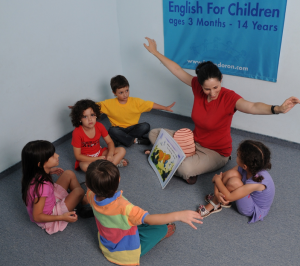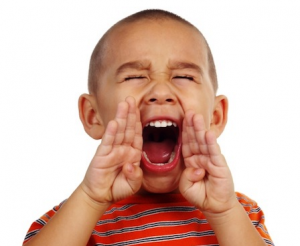

Some, without being aware of attention deficit hyperactivity disorder, may simply say that the reason of the child being hyper is, of course, a child is full of curiosity and energy. But, if you carefully observed the child’s behavior, maybe then you’ll conclude that something’s wrong with him.
The National Institute of Mental Health’s website link about ADHD (http://www.nimh.nih.gov/health/topics/attention-deficit-hyperactivity-disorder-adhd/index.shtml) shared details about the disorder which may help lots of parent to furthermore understand just everything about they need to know regarding this matter.
Here’s what you need to know about attention deficit hyperactivity disorder or simply known as ADHD:
Attention deficit hyperactivity disorder (ADHD) is one of the most common childhood disorders and can continue through adolescence and adulthood. Symptoms include difficulty staying focused and paying attention, difficulty controlling behavior, and hyperactivity (over-activity).
Inattention, hyperactivity, and impulsivity are the key behaviors of ADHD. It is normal for all children to be inattentive, hyperactive, or impulsive sometimes, but for children with ADHD, these behaviors are more severe and occur more often. To be diagnosed with the disorder, a child must have symptoms for 6 or more months and to a degree that is greater than other children of the same age.


- Be easily distracted, miss details, forget things, and frequently switch from one activity to another
- Have difficulty focusing on one thing
- Become bored with a task after only a few minutes, unless they are doing something enjoyable
- Have difficulty focusing attention on organizing and completing a task or learning something new
- Have trouble completing or turning in homework assignments, often losing things (e.g., pencils, toys, assignments) needed to complete tasks or activities
- Not seem to listen when spoken to
- Daydream, become easily confused, and move slowly
- Have difficulty processing information as quickly and accurately as others
- Struggle to follow instructions.


- Fidget and squirm in their seats
- Talk nonstop
- Dash around, touching or playing with anything and everything in sight
- Have trouble sitting still during dinner, school, and story time
- Be constantly in motion
- Have difficulty doing quiet tasks or activities.


Children who have symptoms of impulsivity may:
- Be very impatient
- Blurt out inappropriate comments, show their emotions without restraint, and act without regard for consequences
- Have difficulty waiting for things they want or waiting their turns in games
- Often interrupt conversations or others’ activities.
Some children with ADHD also have other illnesses or conditions. For example, they may have one or more of the following:
- A learning disability. A child in preschool with a learning disability may have difficulty understanding certain sounds or words or have problems expressing him or herself in words. A school-aged child may struggle with reading, spelling, writing, and math.
- Oppositional defiant disorder. Kids with this condition, in which a child is overly stubborn or rebellious, often argue with adults and refuse to obey rules.
- Conduct disorder. This condition includes behaviors in which the child may lie, steal, fight, or bully others. He or she may destroy property, break into homes, or carry or use weapons. These children or teens are also at a higher risk of using illegal substances. Kids with conduct disorder are at risk of getting into trouble at school or with the police.
- Anxiety and depression. Treating ADHD may help to decrease anxiety or some forms of depression.
- Bipolar disorder. Some children with ADHD may also have this condition in which extreme mood swings go from mania (an extremely high elevated mood) to depression in short periods of time.
- Tourette syndrome. Very few children have this brain disorder, but among those who do, many also have ADHD. Some people with Tourette syndrome have nervous tics and repetitive mannerisms, such as eye blinks, facial twitches, or grimacing. Others clear their throats, snort, or sniff frequently, or bark out words inappropriately. These behaviors can be controlled with medication.
Currently available treatments focus on reducing the symptoms of ADHD and improving functioning. Treatments include medication, various types of psychotherapy, education or training, or a combination of treatments.
Treatments can relieve many of the disorder’s symptoms, but there is no cure. With treatment, most people with ADHD can be successful in school and lead productive lives. Researchers are developing more effective treatments and interventions, and using new tools such as brain imaging, to better understand ADHD and to find more effective ways to treat and prevent it.
That sure is a lot of information! Now, we can be able to discern if someone is showing signs of ADHD.
(written by Joana Joyce Tan Marcaida, edited by Jay Paul Carlos, additional research by Lovely Ann Cruz)
